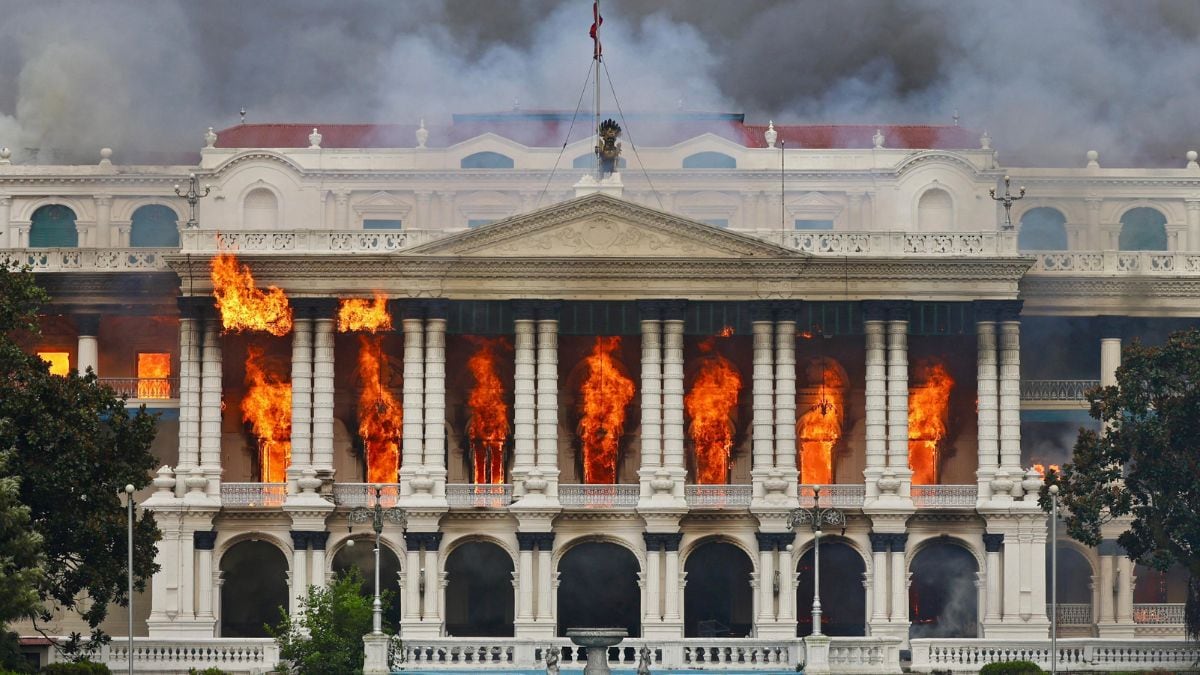By N S Ramnath
Last month, Janet Malcolm, a New Yorker journalist, published her latest book: Iphigenia in Forest Hills: Anatomy of a Murder Trial. The trial in question is of a young doctor, Mazoltuv Borukhova, accused of hiring a hitman to kill her estranged husband. She was found guilty and sentenced to life. In the book, Malcolm uses the trial to raise some serious questions about the process of the trial itself.
Malcolm has done that before. Her most famous book, at least among us reporters, is The Journalist and the Murderer. It starts with this explosive paragraph: “Every journalist who is not too stupid or too full of himself to notice what is going on knows that what he does is morally indefensible. He is a kind of confidence man, preying on people’s vanity, ignorance or loneliness, gaining their trust and betraying them without remorse. Like the credulous widow who wakes up one day to find the charming young man and all her savings gone, so the consenting subject of a piece of nonfiction learns - when the article or book appears - his hard lesson. Journalists justify their treachery in various ways according to their temperaments. The more pompous talk about freedom of speech and “the public’s right to know”; the least talented talk about Art; the seemliest murmur about earning a living.”
[caption id=“attachment_8618” align=“alignleft” width=“380” caption=“Billionaire co- founder of Galleon Group Raj Rajaratnam exits Manhattan federal court on 11 May in New York. The former Wall Street titan was convicted on Wednesday of making a fortune by coaxing a crew of corporate tipsters to give him an illegal edge on blockbuster trades in technology and other stocks what prosecutors called the largest insider trading case ever involving hedge funds. Loius Lanzano/AP/PTI”]  [/caption]
The Journalist and the Murderer is also based on a trial - of a doctor accused of killing his wife, and a journalist who wrote a book about that. It’s a short book, and like many short books, it leaves a deep impact. It made me think about my profession as no other book on journalism did.
Impact Shorts
More ShortsIn Iphigenia in Forest Hill, Malcolm turns her attention to the judicial process. I have read only the shorter form that appeared in New Yorker around the same time last year. I was reminded of it when I read about the jury verdict of Raj Rajaratnam, who was accused of insider trading. The jury found him guilty. He could end up in jail for upto 25 years.
The parallels between the two cases are obvious. Both trials got a lot of media attention, and both were defended by highly capable lawyers. That aside, the defendants were, in many ways, outsiders. Borukhova was from Uzbekistan; she grew up in Samarkhand and moved to US after the Soviet Union collapsed. She belonged to the Bukhran Jewish sect - seen even by some Jews as outsiders - and her dress and accent only highlighted her otherness.
Raj Rajaratnam is a Tamil from Sri Lanka (and some would argue, an outsider in his own land, even though he grew up in a privileged circumstances. Anyway, throughout his career he had close ties with other South Asians. Interestingly, both trials used secretly taped conversations. For reason known only to her, Borukhova had secretly taped conversations she had with the assassin. One of those turned out to be evidence against her. In both cases, few had little doubt about the guilt of the accused. Janet Malcolm, who sometimes comes out as very sympathetic to Borukhova, says at one point she struggled with the enigma of the case: “She couldn’t have done it, and she must have done it.” Only, in the case of Rajaratnam, there is no enigma.
To me, however, the most interesting parallel is this: both trials raise questions about truth and the judicial process itself. The broad sense one gets out of reading Iphigenia in Forest Hill is that the trial is not so much about the truth as it is about the most consistent and convincing narrative. A trial is ‘a contest between conflicting narratives.’
Rajaratnam’s narrative was in many ways strong and credible. His team did spend a lot of time and effort on research. They were consistent with his mosaic theory of investment. Some of the information he got from his tippers was already in the public domain, in various newspaper articles. And as one of the professors who testified for Rajaratnam showed, he could have made the same gains by just using the publicly available information.
What really weakened his case was the wiretap evidence. Perhaps that was the single most important factor that turned the verdict against Rajaratnam. During the deliberations, the jury had often turned to these wiretaps for clarification.
Imagine, if the prosecution didn’t have those wiretaps, or was not allowed to use the wiretaps. That would have meant the prosecution turning to circumstantial evidence, which would in turn have meant a weaker narrative, and a different verdict.
That’s evidently what Rajaratnam also believes. According to a Reuters report, “…Rajaratnam will appeal the case. In particular, he is expected to challenge the use of secret recordings – tactics historically deployed in organized crime and drug trafficking cases, not white-collar probes.” This is the first time they have used wiretaps for insider trading. ( Some have argued that insider trading should be made legal).
I have no idea where this will go. But even as of now, it has all the elements of a great novel. And a great novel always raises questions about the truth.
N S Ramnath has been with Forbes India since August 2008. He is based out of Bangalore, and writes mostly about business.


)

)
)
)
)
)
)
)
)



